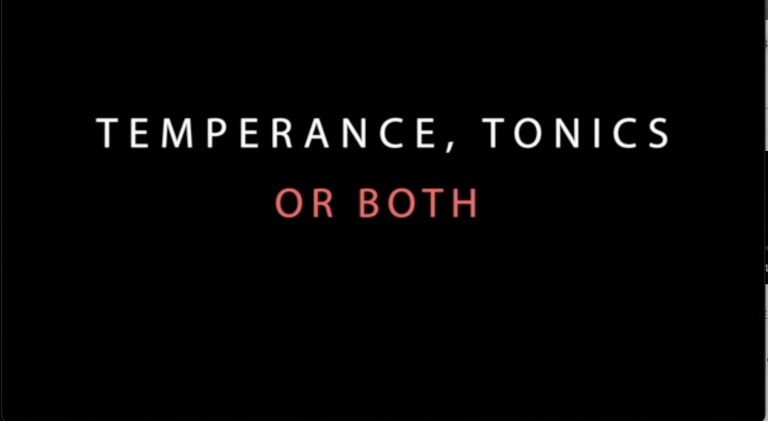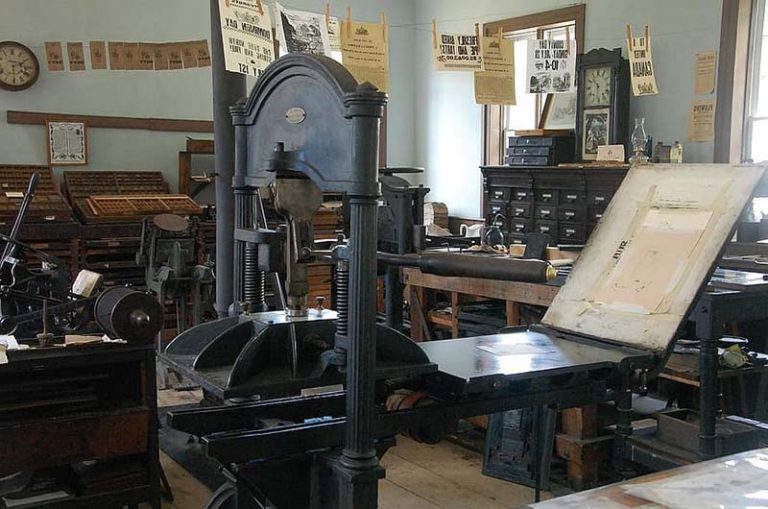In his description of mass culture theory, Strinati provides both a history and critique of this approach to culture and its relationship to popular culture. Strinati also provides the foundation for a political economy of culture where we can explores issues of hegemony, the forces of production and the ideological role of popular culture on the society.
The question of dominance is most clear in his presentation of mass culture when he grapples with the ideas surrounding the differences between mass culture and high culture, in particular McDonald, who creates almost two classes of people: those elitists who appreciate high culture and the masses who ingest popular culture. Blaming things like cinema, radio, television and the press, mass culture guts society by atomizing individuals socially and morally, making way for abuses by those in power. Historically, democratic and education movements, like those in America, debased culture by handing it over to the masses because everything would be reduced to the lowest common denominator. Only true culture, created by elites, or authentic fold culture is considered genuine.
Mass culture also reduced art to a commodity produced under circumstances similar to a production line for profit. Workers are reduced to highly specialized tasks with strict compartmentalization of stages of production and created in large quantities, resulting in the destruction of any creativity, experimental forms or intellectual challenges often associated with higher art forms. The audience is reduced to the role of consumer, allowing their emotions and sensibilities to be manipulated, along with their needs and desires distorted and thwarted. Leavis goes so far to suggest mass culture prevents individuals from developing normally (whatever normal means).
Mass culture is at the root of cultural imperialism, where one form of culture, in this case American, dominated the artistic landscape so powerfully it overwhelms native culture, resulting in cultural forms that are superficial, artificial and standardized.
Finally, he provides a critique of mass culture theory questioning its elitism, its failure to fully appreciate the diverse nature of popular culture, the dubious nature of trying to define taste and style, and the problematic nature of determining authenticity of any cultural form.
For the political economist, mass culture theory provides some good tools for analysis of culture; but also is problematic in several ways. Certainly, it makes sense to be able to evaluate the forces of production of culture in defining how these affect those in the cultural industry as useful form of labour analysis. It is also meaningful to debate how definitions of art or high culture are created out of this kind of system. This aspect was puzzling since the formation of taste and style is extremely complex. Context plays a huge role in defining what is acceptable to a society’s culture, as does history. It may be perfectly acceptable to wear tattoos on the face in one culture because it is traditional and accepted in that society compared to North American culture where it is not. Who is to say it is in good taste or not?
Politics are central to the analysis of popular culture, says Strinati. Clearly, this is a significant theme underlying much of the mass culture theory. When mass culture is produced, it can undermine a society through the use of mass propaganda. He says at one point: mass media equals mass propaganda equals mass repression. This was a particular concern of the Frankfurt School, among others. It is also striking how mass culture forms hegemony between those who decide what is acceptable and what is not. If art is reduced to a commodity, then it is market forces deciding what is art, not any sense of aesthetic. Does the multimillion-dollar purchase of a Lawren Harris painting determine the artistic value of his work or merely the economic value? Conversely, do cultural elites get to determine artistic value based on academic or intellectual scales that leave no room for innovation or radicalism? Finally, what is the role of the working class in culture. Since the profits created by workers create the wealth used by capitalists to donate to cultural institutions or forms, then culture is defined by them and not by the masses. So when Michael Chin-Lee donates $30 million to build an extension on the Royal Ontario Museum or the Weston Family donates millions to the opera, it is a means of defining what is culturally important. If left to the masses, would these cultural forms survive or not? These are perplexing questions.
First posted: 7/17/07

